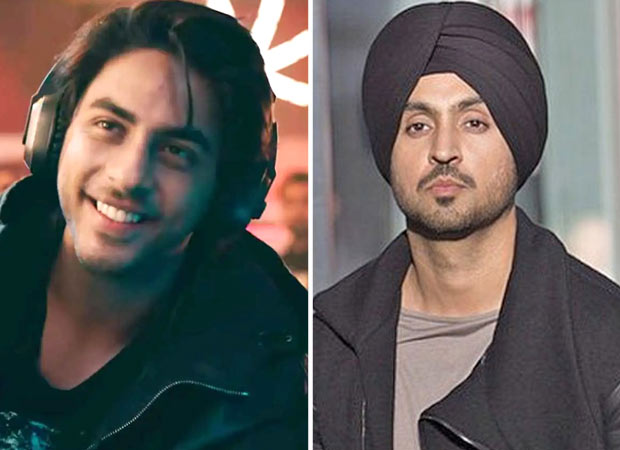
Streaming has become a cornerstone of modern entertainment, but the landscape is shifting. While subscription-based platforms like Netflix and Disney+ once dominated, a new wave of competitors has emerged in the TV and film space: AVOD (advertising video on demand) platforms. These services provide content creators, influencers, how-to videos and now TV and film quality content, along with sports and live entertainment, all supported by ads.
These services deliver free content supported by ads, and they’re proving to be a game-changer for viewers, advertisers and creators alike. Sport leagues and live entertainment companies are also now licensing content with the existing AVOD platforms and the users are slowly losing interest in subscription-based TV and film platforms to now not only get free TV and film content but sports and live entertainment as well.
Platforms like YouTube, Tubi, Pluto TV and Crackle offer viewers access to extensive content libraries without a subscription fee, instead showing a few advertisements before, during or after videos. If you own or are creating content, these platforms, in some cases, allow you to generate revenue directly from your audience simply by creating a channel, uploading your content and providing the necessary metadata.
However, to monetize content across platforms, it is necessary to apply for monetization and own your content. For example, to enable advertising on a YouTube channel, you must meet the eligibility requirements for the YouTube Partner Program. That means at least one of the following criteria must be met:
• Achieve 1,000 subscribers and 4,000 valid public watch hours within the last 12 months.
• Achieve 1,000 subscribers and 10 million valid public Shorts views within the last 90 days.
One of the most compelling benefits of AVOD platforms is their universal accessibility. Unlike subscription-based platforms, which require recurring payments, AVOD services are completely free to their users. This is particularly impactful in regions where disposable income is limited or where paying for multiple subscriptions feels like a burden.
Editor’s picks
AVOD platforms aren’t just a win for viewers, but advertisers are thriving here too. These platforms use data-driven insights to deliver targeted ads, ensuring brands connect with the right audience. The result? Higher engagement and better ROI.
Unlike traditional TV ads, which cast a wide and often irrelevant net, AVOD platforms let advertisers get specific. Want to reach gamers? Stream ads during esports content. Selling a family-friendly product? Target parents watching kids’ shows. This precision makes AVOD a marketer’s dream.
Creators also reap the rewards and benefits. The ad-based revenue model ensures that even niche content can thrive, as monetization isn’t tied to subscription numbers beyond the initial program eligibility. Whether it’s a small indie film or a niche web series, creators can find their audience and get paid for their work without the pressure of blockbuster expectations.
While subscription platforms still have their place, AVOD has emerged as a compelling alternative. Here’s why:
1. No Subscription Fatigue: With countless subscription options, consumers are experiencing “subscription fatigue.” AVOD solves this by offering a no-strings-attached model that’s easier on the wallet.
The Rolling Stone Culture Council is an invitation-only community for Influencers, Innovators and Creatives. Do I qualify?
Related Content
2. Content Without Limits: Many subscription platforms hide their best content behind paywalls or tiered pricing. AVOD makes content available to everyone, fostering inclusivity.
3. No Commitment Necessary: Viewers can dip in and out of AVOD platforms without feeling tied down. There’s no fear of “wasting money” on unused subscriptions.
4. Global Reach: In developing markets, where spending on entertainment can feel like a luxury, AVOD’s free model opens the door for millions of new viewers.
5. Lower Costs, Bigger Library: Subscription platforms must constantly invest in high-cost original programming to keep subscribers hooked. AVOD platforms can succeed with a mix of licensed, user-generated and low-cost content, making them financially sustainable while offering variety.
The ad breaks on AVOD platforms are strategically placed, ensuring they’re not intrusive. Unlike traditional TV, where ads interrupt the viewing experience every few minutes, AVOD platforms often allow viewers to skip ads or watch shorter, targeted ones. It’s a more viewer-friendly approach, making the ad experience more engaging when shown to the right viewer.
The future is bright for AVOD platforms and showing no signs of slowing down. As advertising budgets shift away from traditional media toward digital, AVOD is reaching to capture an even larger slice of the pie. Advances in AI and machine learning will further refine ad targeting, ensuring that the right message reaches the right person at the right time.
We’re also seeing hybrid models emerge. Platforms offering both ad-supported and ad-free tiers cater to diverse preferences, making AVOD even more competitive. Viewers get the best of both worlds: free access with ads or a premium experience without them.
AVOD streaming platforms are rewriting the rules of the digital entertainment formula. They’re accessible, inclusive and sustainable. While subscription services rely on costly exclusivity, AVOD thrives on its ability to deliver value to everyone involved. For viewers, it’s free entertainment. For advertisers, it’s precision marketing. For creators, it’s a chance to monetize their work with minimal barriers.
It is worth noting that problems may still arise from a governance point of view. The ongoing discussion about age-appropriate content on platforms, particularly Twitch and YouTube, has the potential to impact accessibility and views. Some countries have and are considering banning children’s content platforms to deter younger audiences. However, based on my experience with the platform, I believe users will likely find alternative ways to access this content and while I understand the concern, I don’t believe government oversight alone will resolve these issues.
Trending Stories
Instead, I propose that parents should have the ability to toggle YouTube Kids content on and off directly within the main YouTube app, rather than through a separate application. Additionally, implementing time limits for children’s content on Twitch could help prevent potential addiction. I believe these features would offer parents more control and create a safer viewing experience.
In a world that’s increasingly price-conscious, AVOD platforms aren’t just the future of streaming—they’re the smart choice. The days of subscription fatigue are numbered. AVOD is here to stay.



